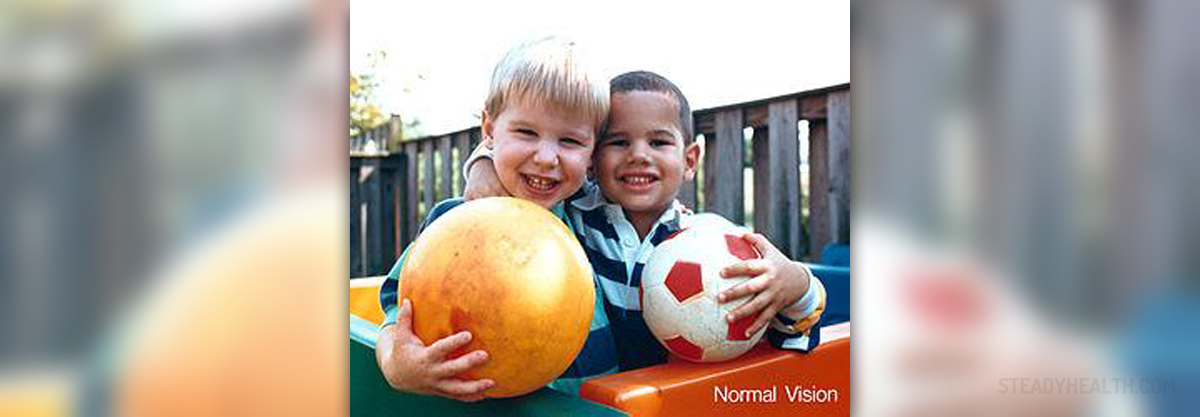
Lazy eye causes reduced visual acuity, even if the patient wears prescription contact lenses or glasses. This condition, also known as amblyopia, usually starts in childhood and affects one or in some cases both eyes. Prompt diagnosis and early treatment may prevent significant vision impairment, but if the condition is not treated in time, it can progress to serious loss of vision or even legal blindness in some patients.
Amblyopia Causes and Symptoms
Condition characterized by poorly aligned eyes (strabismus) is known as one of common causes of amblyopia and double vision. Doctors refer to this problem as strabismic amblyopia. Other probable reasons behind the development of lazy eye are unequal refractive errors in two eyes. In these patients, one of the eyes may have significant astigmatism, nearsightedness or farsightedness, while the other eye does not have such problem and this leads to amblyopia, more specifically called anisometric amblyopia.
Since many of these patients are very young, it is difficult to notice any signs or symptoms of amblyopia. Strabismus, one of the leading causes of lazy eye, is in fact easily recognized, so parents should check their child’s eyes as soon as they notice this sign. Crossed eyes or any other apparent eye misalignment is something that must not be neglected at any age, particularly not in infancy.
If covering one of baby’s eyes leads to crying or fuss, this may also indicate lazy eye. Your baby cannot see if you cover the “good” eye and the blurry vision disturbs him or her which cause tears.
How is Amblyopia Treated?
Some babies will have to wear eyeglasses or contact lenses in order to completely correct refractive errors developed in their eyes and lazy eye problem. However, most little patients see much better once the “good” eye is patched. This solution forces baby’s brain to enable and develop normal vision in the eye affected by amblyopia.
Strabismic lazy eye is commonly resolved with some surgical methods followed by eye patching as well as additional vision therapy. Your pediatrician or pediatric ophthalmologist may prescribe wearing eye patches for several hours during the day or for a whole day over the period of several weeks or months. Some kids will not like that, so there are special contact lenses for this purpose. This is more expensive option but it can help if the child does not want to wear the patch.
Some babies may need atropine eye drops instead of the eye patch. Make sure to consult your pediatrician about adverse effects this treatment could cause, such as flushing, sensitivity to the light or even paralysis of the ciliary muscle in your child’s eye.





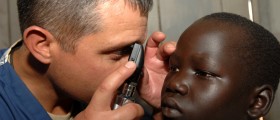
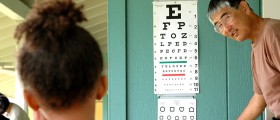


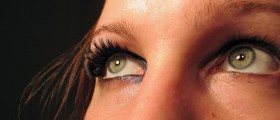




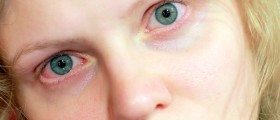


Your thoughts on this
Loading...